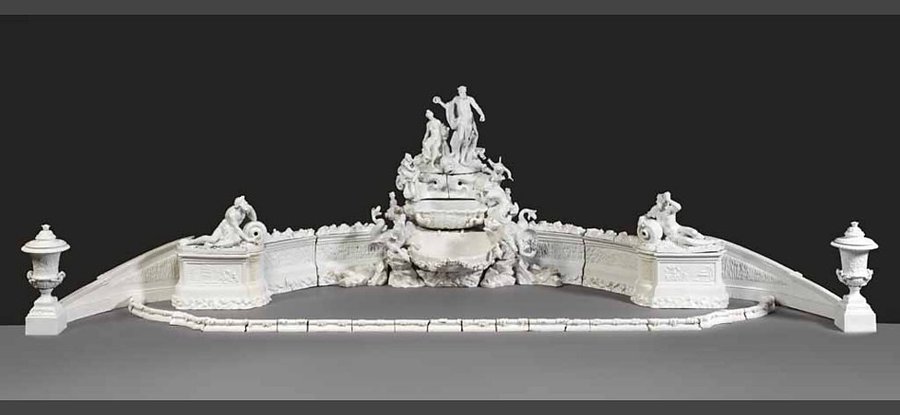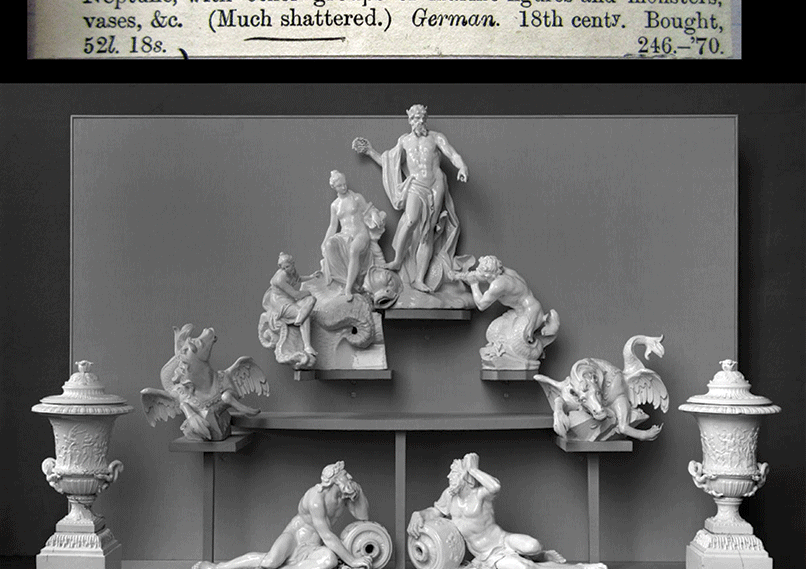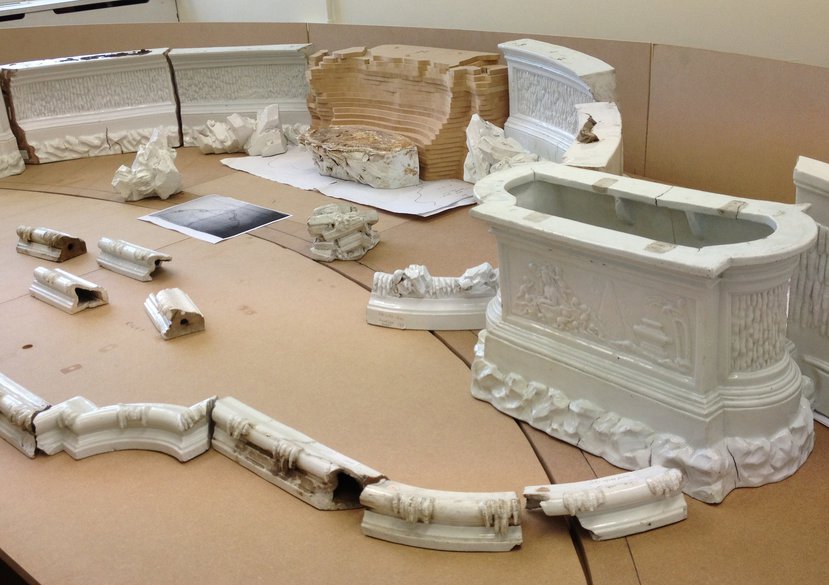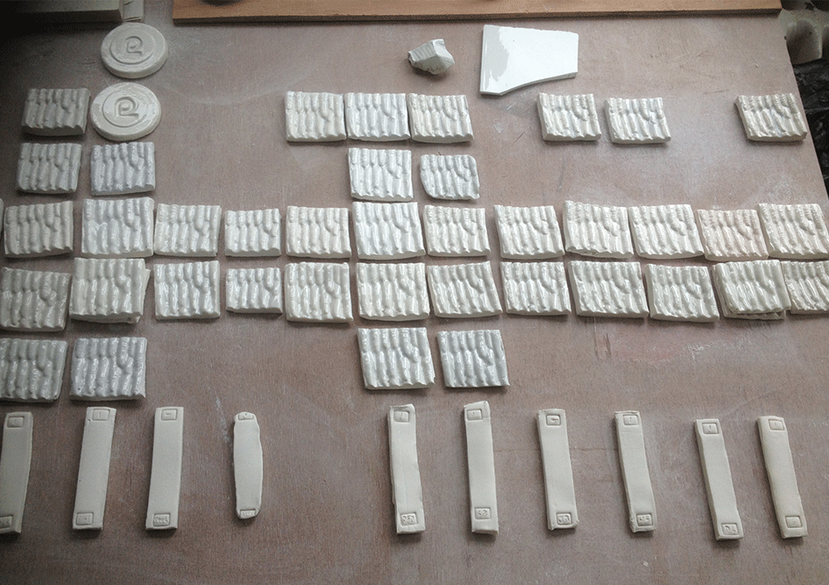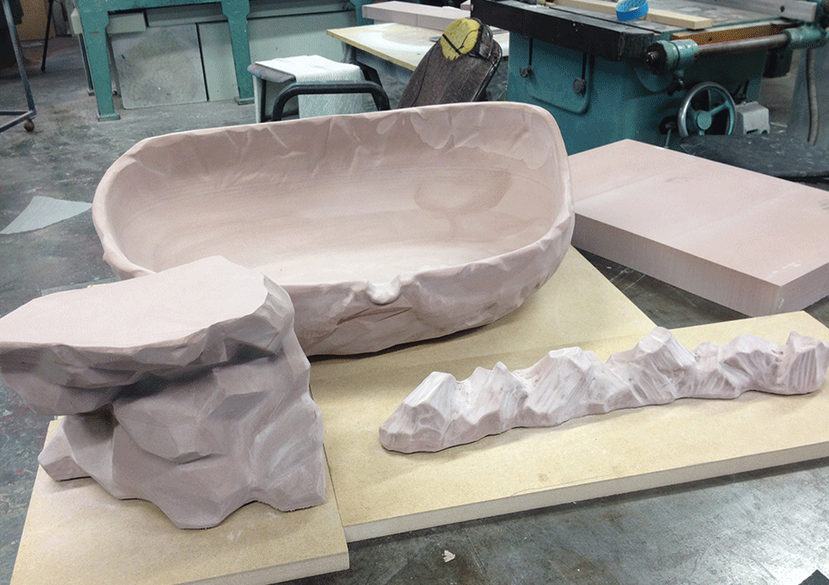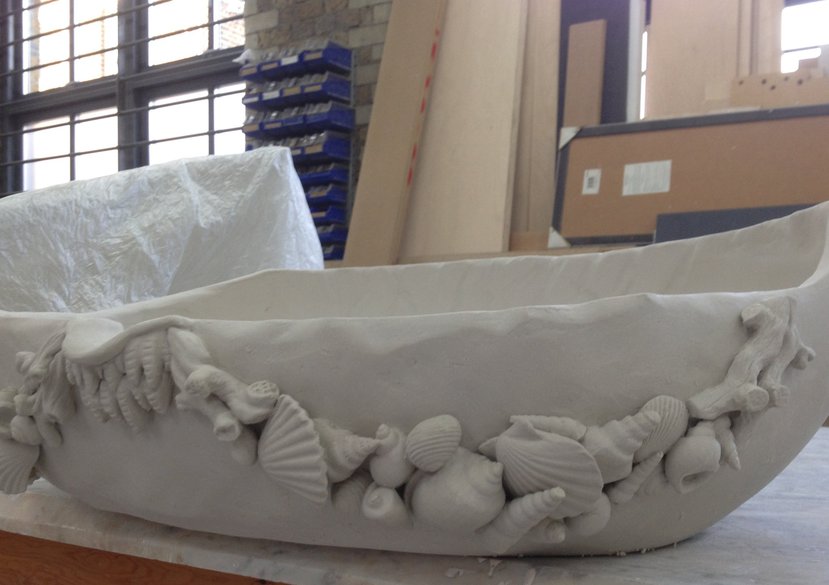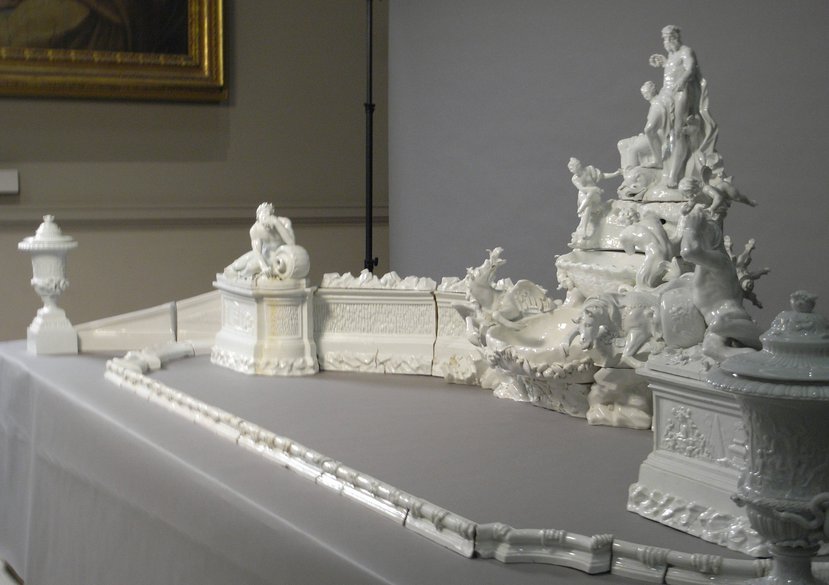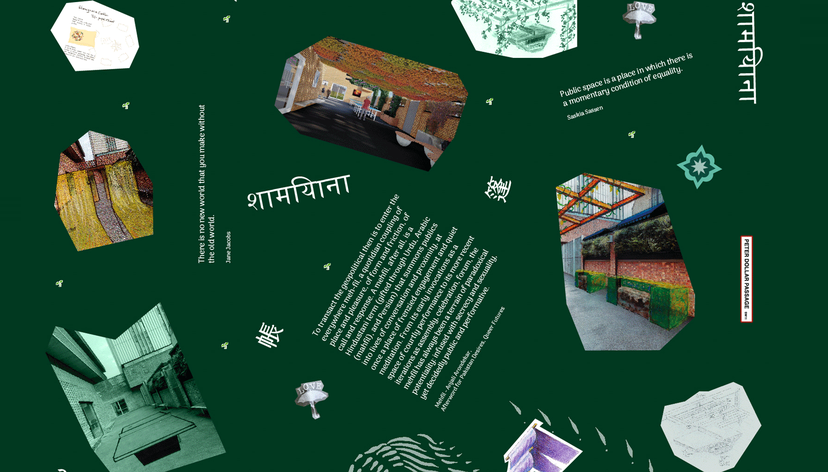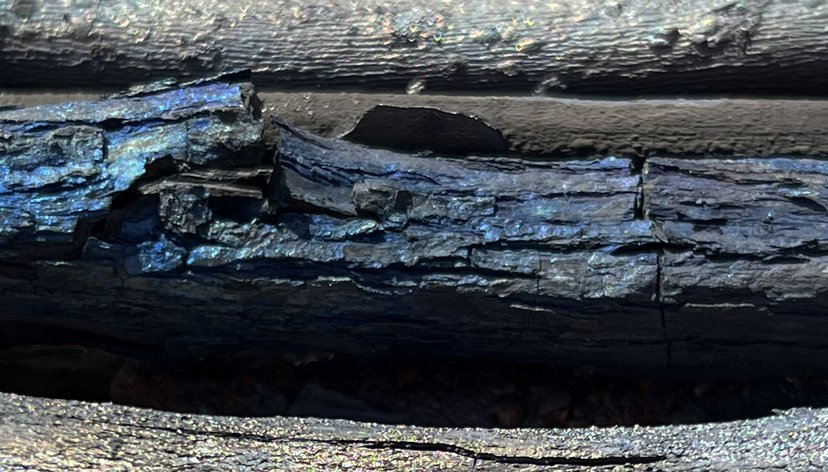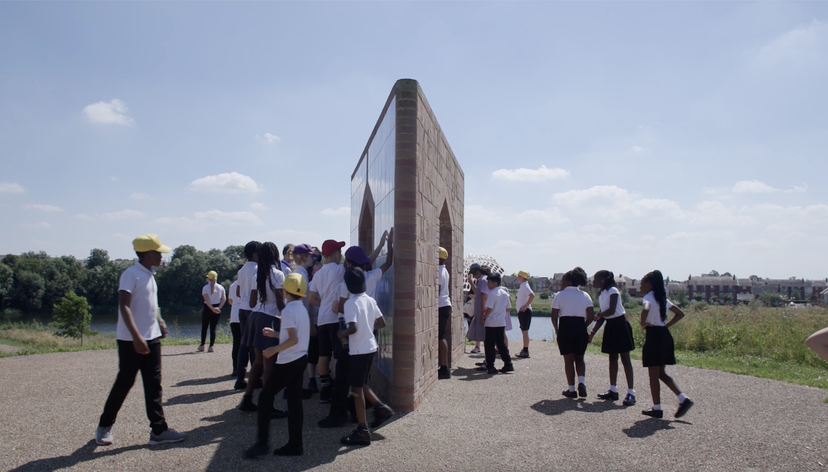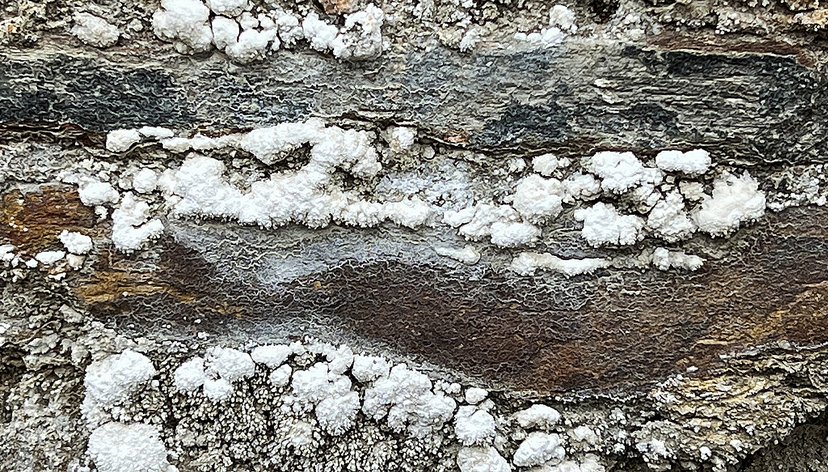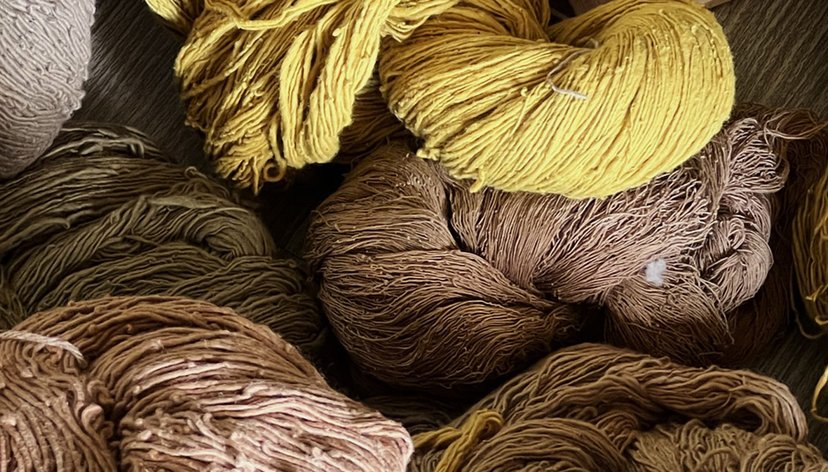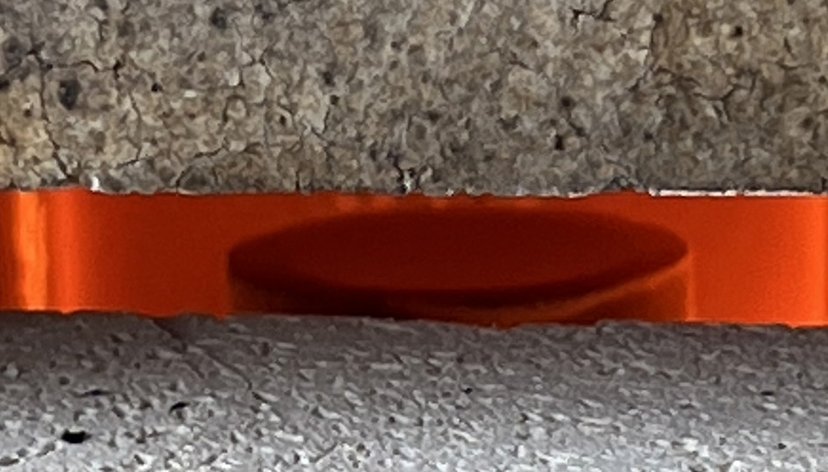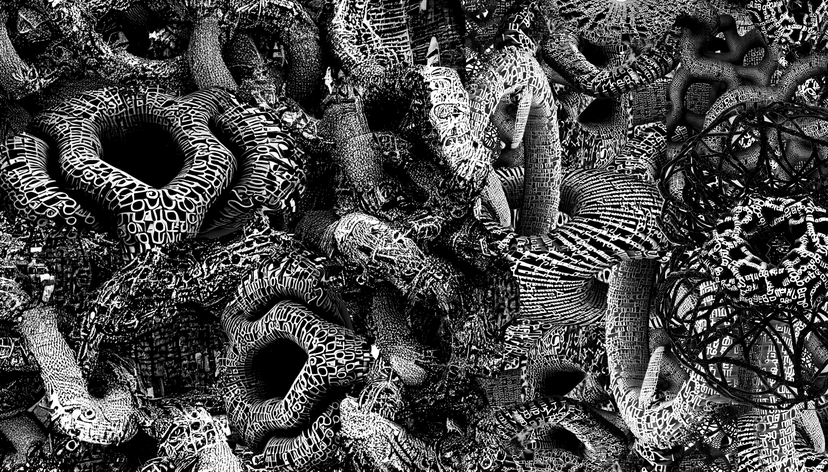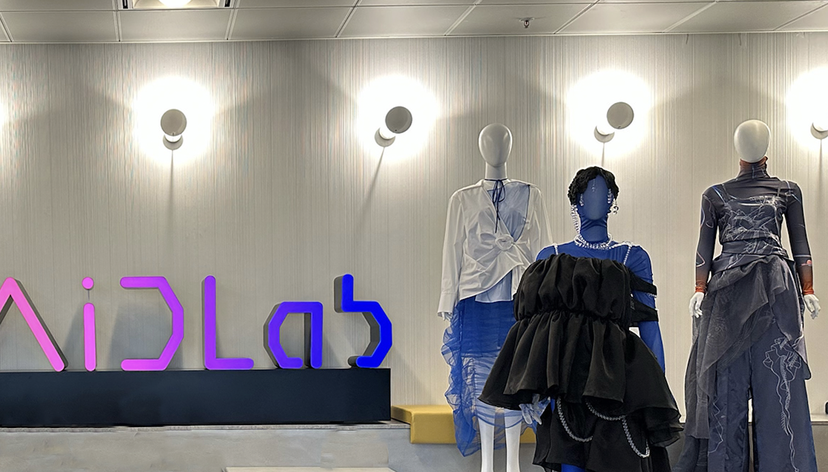
Researchers from the RCA used innovative and traditional ceramic making techniques to re-create missing or damaged elements of a baroque porcelain table fountain first created in the eighteenth century, for display in the V&A museum.
At a glance
- Academic staff from the RCA Ceramics and glass programme created replacement elements for the missing parts of a baroque porcelain table fountain.
- The process involved using 3D scans of original porcelain pieces from versions of the fountain held in different museum collections and of the full-size garden fountain that the table fountain was based on.
- In 2015, the fully restored table fountain was installed as one of the centrepieces of the V&A’s new Europe 1600–1800 Galleries.
- The project won the Nigel Williams Prize for Ceramics Conservation.

Key details
Gallery
More information
The challenge
The Meissen Fountain Restoration Project involved the re-creation of missing or damaged elements of a porcelain table fountain made by Meissen in the eighteen century. This table fountain, the largest assemblage of its kind in existence, was modelled by Johann Joachim Kändler for Count von Brűhl, Prime Minister of Saxony and Director of the Meissen factory. The baroque design of the table fountain was based on the Neptune Fountain in the gardens of von Brűhl’s summer palace in Dresden. In the eighteenth century the table fountain was used as a centrepiece at state dinners:
‘We sat down at one table two hundred and six People (twas at Count Brühl's) … In the middle of the Table was the Fountain… at least eight foot high, which ran all the while with Rose-water…’
(From a letter dated 4 February 1748, written by Sir Charles Hanbury Williams, British envoy at the Dresden court)
Our approach
Professor Martin Smith and Dr Steve Brown from the RCA worked with a curatorial team from the V&A led by Reino Liefkes, Senior Curator and Head of Ceramics and Glass.
The restoration utilised research undertaken by Liefkes that determined the layout of the table fountain. Digital scans were taken of the existing surviving and damaged elements owned by the V&A, porcelain in the Dresden Porcelain Museum made using the same moulds as the V&A’s table fountain, and scans of the Neptune Fountain in the Brühl-Marcolini Palace gardens in Dresden.
Activities
Using the digital and contextual data collected by the V&A researchers, Professor Smith and Dr Brown recreated the porcelain pieces that were missing or considered too damaged to restore.
The new elements were made in porcelain using a combination of new and old 3D modelling and making techniques: digital scanning and model making, ceramic plaster-casting and hand-modelling.
Outputs
Brown, S.R, (2013), Conference presentation: New Technologies for Restoration: The Meissen fountain project at Making Futures III, Plymouth College of Art, 26–27 September 2013.
Brown, S.R, (2014), The Meissen Fountain Project: Restoration in the age of digital reproduction Making Futures Journal, Vol 3, ISSN 2042–1664.
Ramakers, H. & Jordan, F. (2014) The Meissen fountain: re-presenting porcelain on a grand scale In: Conservation Journal Autumn 2014 Issue 62.
In December 2015 the restored table fountain was installed in the V&A’s new Europe 1600–1800 Galleries, along with a video showing the restoration process.
In 2016, work from the project was exhibited in A World of Fragile Parts (curated by the V&A) at La Biennale di Venezia, 28 May – 27 November 2016.
Liefkes, R (2017) The Triumph of Amphitrite: Reconstructing and Restoring Count Brühl’s Meissen Porcelain Table Fountain Luxury: History, Culture, Consumption. Volume 4 Issue 2-3.
Awards
In 2016, the research team won the prestigious Nigel Williams Prize for Ceramics Conservation for their work on the Conservation and Reconstruction of the Meissen Fountain. The judging panel reflected that the project was "innovative and ground breaking, utilising new technologies and showing good collaborative team work, with conservation standards and ethics at the forefront of decision making".
Lead

Professor Martin Smith
Professor Emeritus
Team
Ask a question
Get in touch to find out about School of Arts & Humanities research projects.
SoAH@rca.ac.uk

